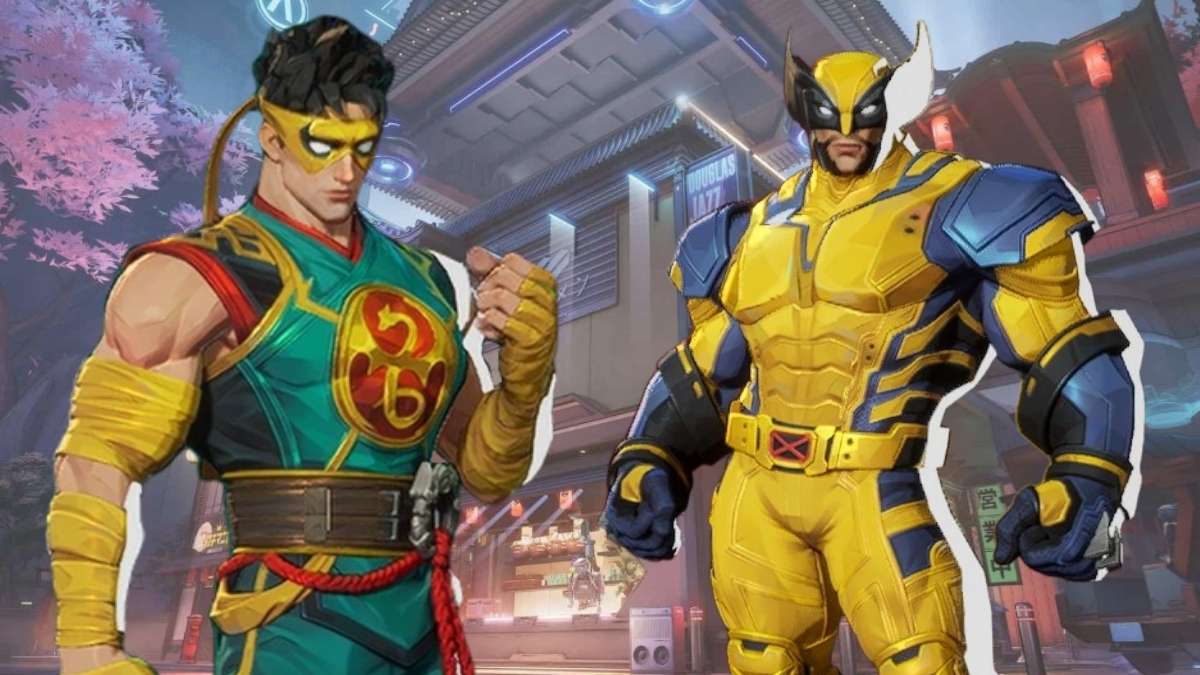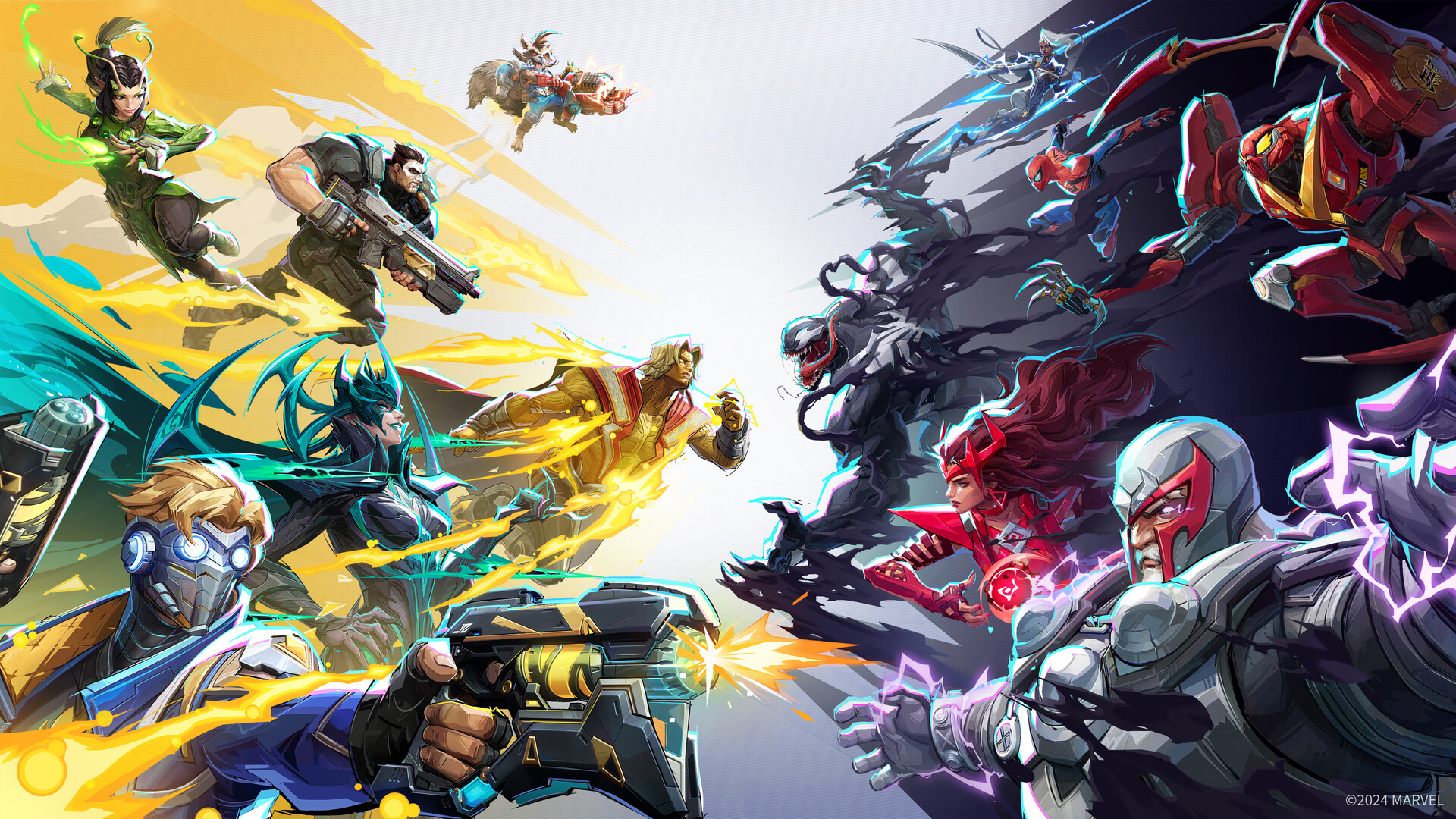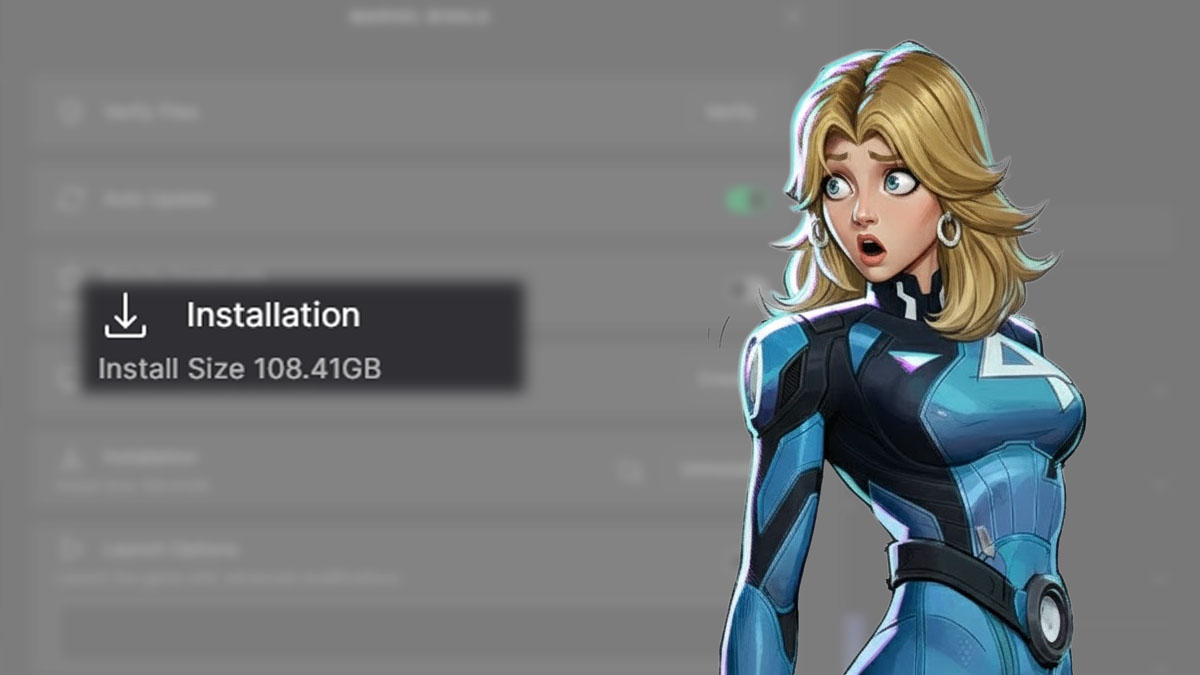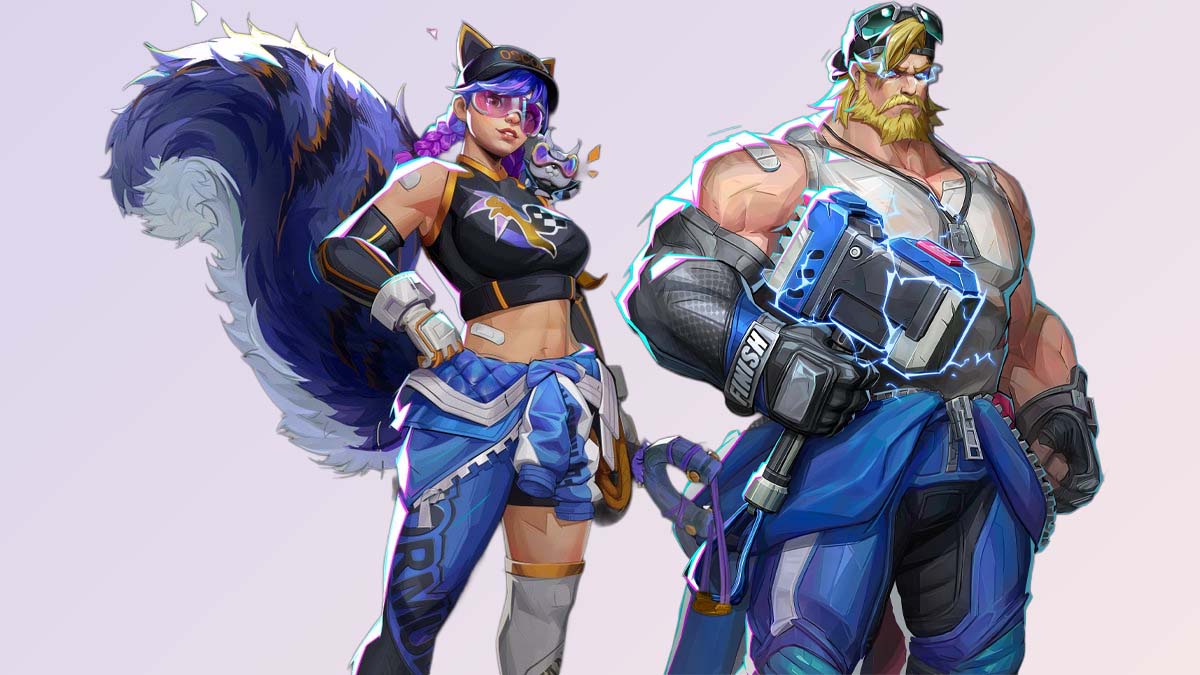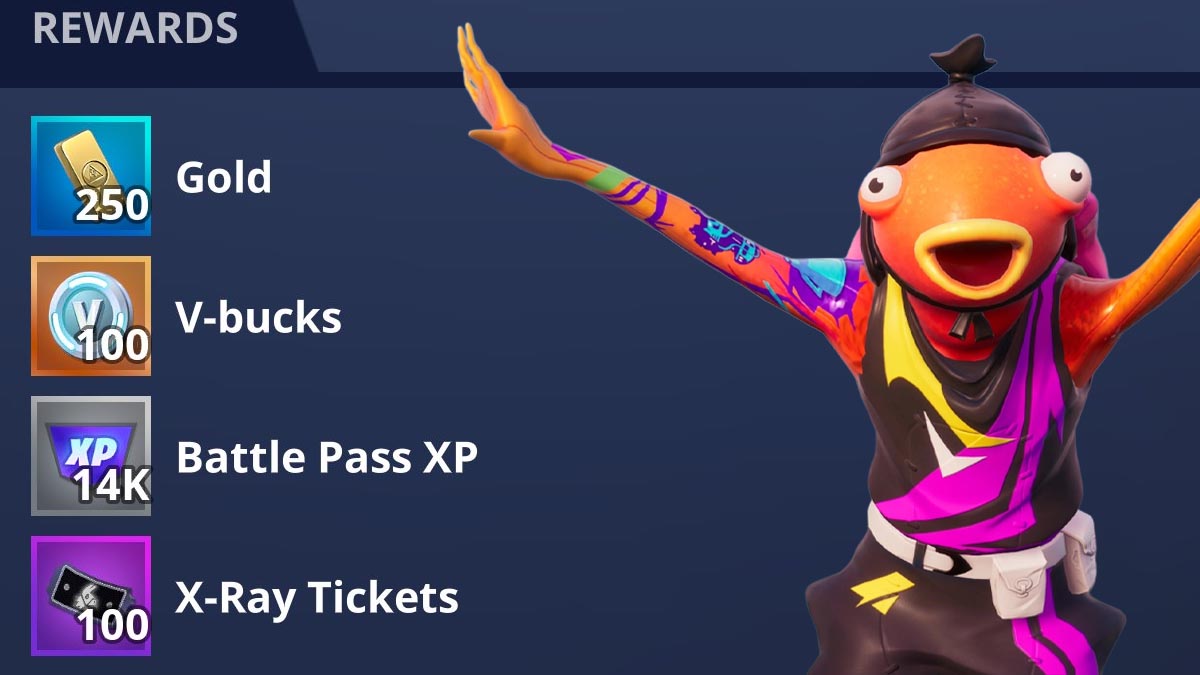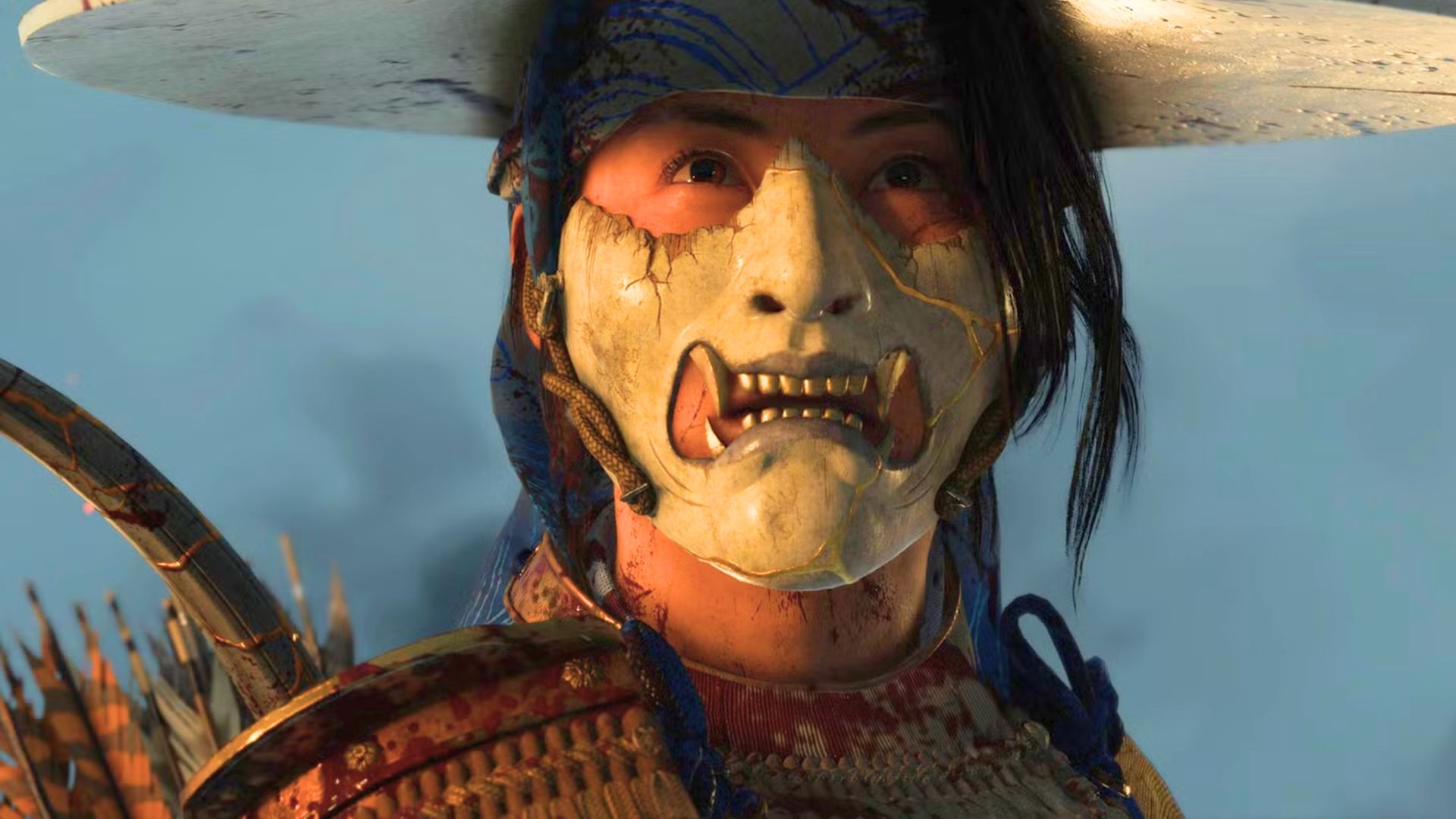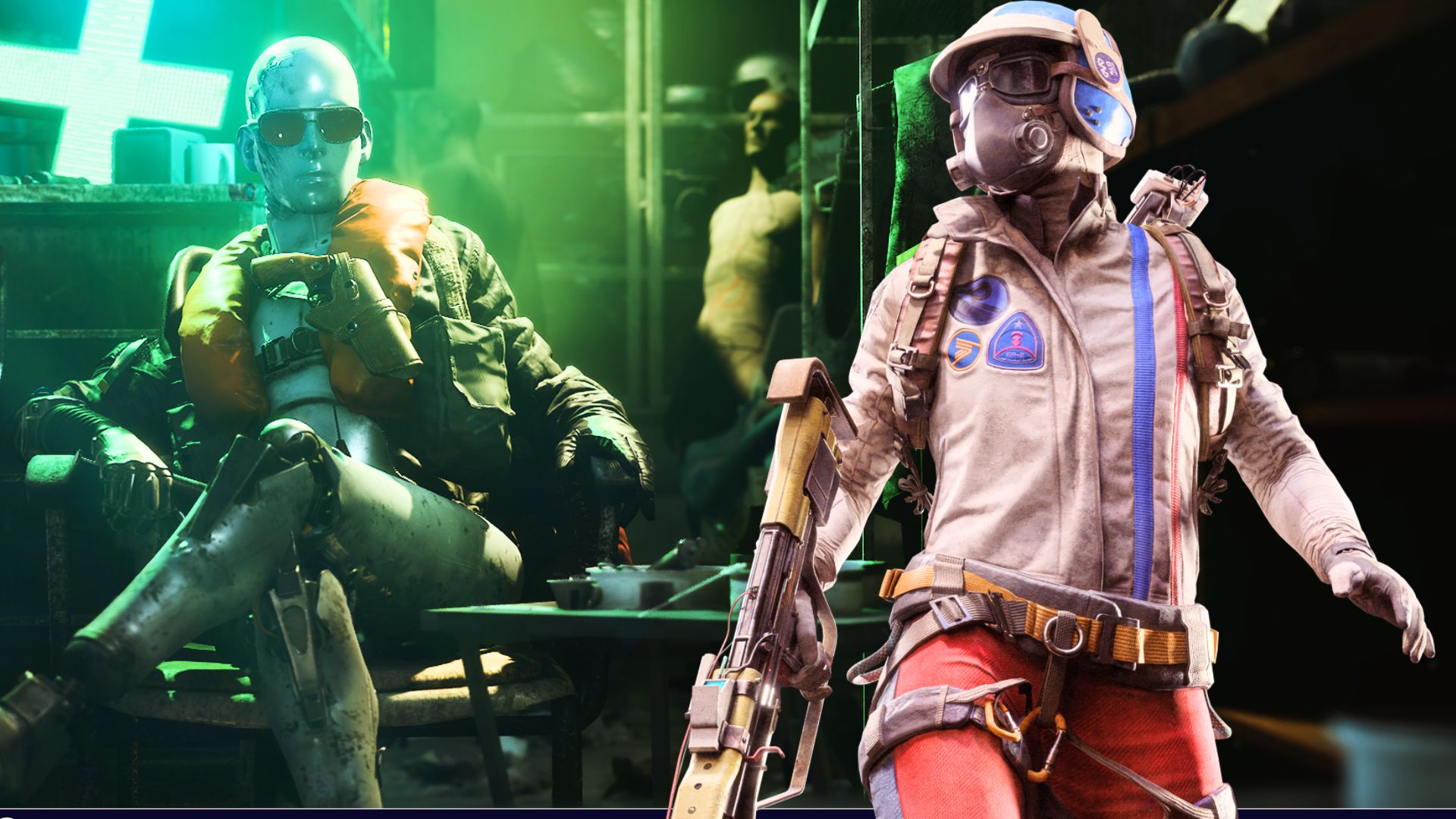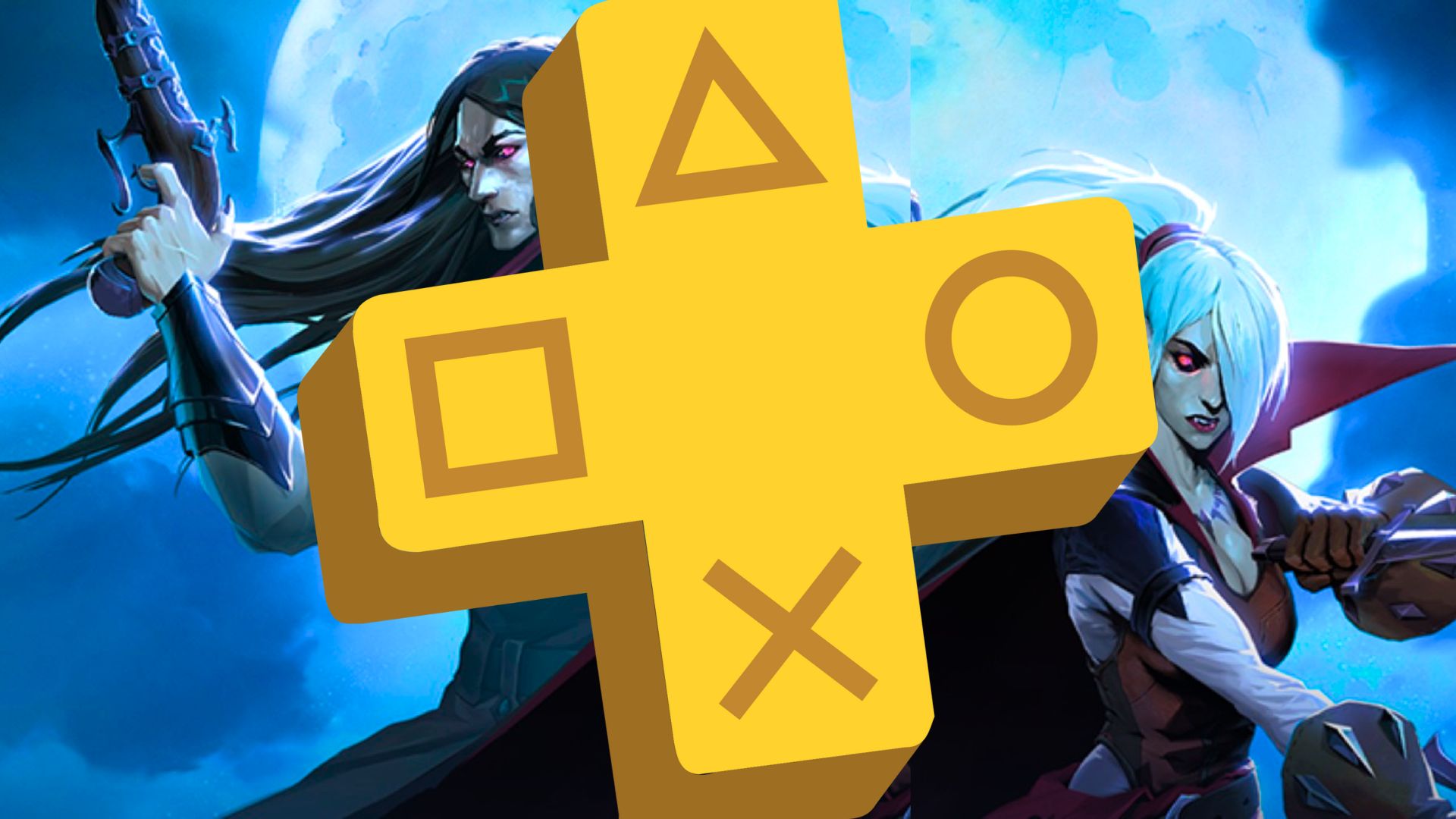You can trust VideoGamer. Our team of gaming experts spend hours testing and reviewing the latest games, to ensure you're reading the most comprehensive guide possible. Rest assured, all imagery and advice is unique and original. Check out how we test and review games here
It’s becoming more common that Marvel Rivals are constantly changing things around with its hero meta that makes several adjustments to its stacked roster of 37 characters. NetEase has shown quick responsiveness with fixes like the popular Peni’s invisible mines fix and massive changes to Iron Man and Human Torch’s AoE damage effects.
However, in a surprise patch due this week on March 27, 2025, NetEase is again shifting the meta around by fixing issues with certain heroes with several bug fixes and a new Easter Egg. If you’re looking for whether your favorite hero is affected by this patch, check out the full list of every nerf and buff coming here.
All Marvel Rivals hero nerfs and buffs coming in March 27 update
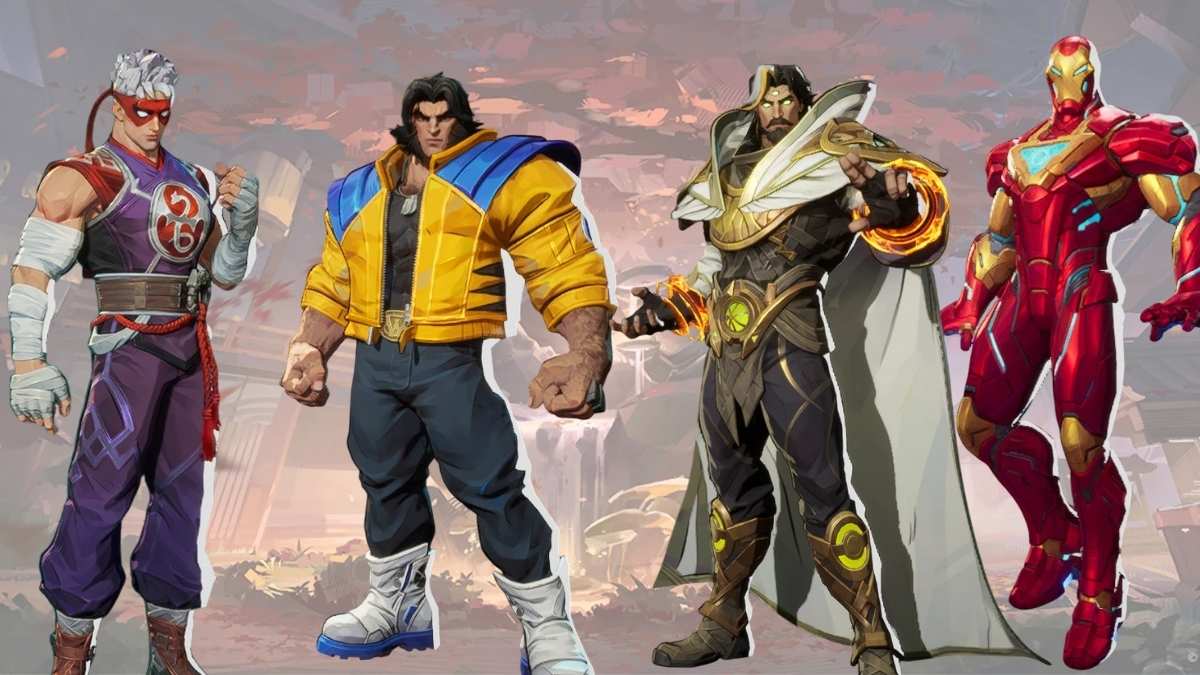
While there aren’t any specific nerfs and buffs changes in this update that alter the meta, Marvel Rivals has added several fixes to these heroes that improve their gameplay and overall experience.
1) Wolverine’s Terrifying Pounce vs. Hulk
When Wolverine used his Feral Leap ability to knock Hulk into a map hazard for a Terrain KO (like falling off the edge), Hulk’s character model or game state could glitch out unpredictably (abnormal behavior). Instead of just being eliminated, he might have visually bugged, become stuck, or reacted in a way not intended by the game’s physics or rules.
This created an inconsistency. For the Wolverine player, successfully landing a skillful environmental kill on a high-health target like Hulk might not have resulted in the expected elimination due to the bug. For the Hulk player (and potentially others), seeing a character glitch out after a KO is confusing and breaks immersion. It made a specific interaction unreliable.
The interaction is now predictable and reliable. When Wolverine successfully uses Feral Leap to cause a Terrain KO on Hulk, Hulk is eliminated cleanly as intended. This ensures Wolverine’s ability works consistently against Hulk in these situations, rewarding skillful play without unexpected glitches.
2) Iron Fist’s Wall-Climbing Whimsy
In the Practice Range (a mode for testing characters), Iron Fist’s wall-climbing mechanic wasn’t working as intended. Beyond expectations likely means he could climb surfaces he shouldn’t, climb much faster or higher than normal, or potentially exploit the environment in ways not possible in a real match.
While limited to the Practice Range, this could give players a false sense of Iron Fist’s capabilities. They might practice movement techniques or find spots that wouldn’t work in a live game, leading to confusion or ineffective strategies when playing him for real.
Iron Fist’s wall-climbing in the Practice Range now accurately reflects his abilities in actual matches. Players can practice their mobility and map navigation with the confidence that what they learn will translate correctly to competitive play.
3) Iron Man’s Teleportation Tangle
On the Sanctum Sanctorum map, if Iron Man used his Hyper-Velocity movement ability immediately before entering one of the map’s portals, the ability could fail (misfire) and potentially cause visual glitches (off-color special effects).
This punished a potentially fast and skillful maneuver. Players trying to use Hyper-Velocity for a quick burst of speed into a portal for repositioning or escaping could find their ability simply not working, possibly leaving them vulnerable or disrupting their planned movement. The visual glitches were also distracting. It made combining these two movement options unreliable.
Iron Man can now smoothly and reliably use Hyper-Velocity right before entering a portal on Sanctum Sanctorum. This allows for more fluid and complex movement strategies on that specific map, enabling quicker rotations, escapes, or engagements without the fear of the ability bugging out.
4) Loki-Doctor Strange’s Forbidden Tech
In the Doom Match game mode, if Loki used his ability to transform into an enemy Doctor Strange, he was incorrectly able to use Doctor Strange’s Pentagram of Farallah ability. This ability was likely intended to be disabled or unavailable in Doom Match, or perhaps specifically unusable by a transformed Loki.
This gave Loki access to an unintended, potentially powerful or game-breaking ability within a specific game mode. It created an unfair advantage and broke the established rules or balance of Doom Match when this specific transformation occurred.
The intended rules and balance of Doom Match are restored. Loki, when transformed into Doctor Strange in this mode, can no longer access the forbidden Pentagram ability, ensuring fairer play and preventing this specific exploit.
5) Magneto’s Magnetic Moments
During the end-of-match sequence where the MVP is showcased, Magneto’s specific animation or visual effects could sometimes appear glitchy or incorrect (bizarre, offbeat visuals).
This bug had no impact on the actual gameplay or outcome of the match. It was purely a cosmetic issue affecting the post-match presentation, making Magneto’s MVP screen look strange or unpolished. Magneto’s MVP sequence now displays correctly, providing the intended visual flair and polish during the post-match celebration. It’s an improvement to the overall presentation quality.
6) Wolverine’s Ultimate with Pinpoint Precision
When Wolverine used his Ultimate Ability, especially under conditions of high network latency (lag), enemies hit and slammed into the ground might not end up where they were supposed to be, visually or physically. They could appear displaced or end up in an incorrect location relative to where the ability should have put them.
This made Wolverine’s Ultimate unreliable and frustrating, particularly in laggy games. For the Wolverine player, enemies might not be positioned correctly for follow-up attacks. For the affected enemy, they might suddenly be somewhere unexpected after the slam due to lag/desync, leading to confusing and unfair situations. It undermined the consistency of a powerful ultimate ability.
Wolverine’s Ultimate now places enemies more accurately after the ground slam, even under high latency conditions. This increases the ability’s reliability and ensures its outcome is more consistent and less affected by network instability, leading to fairer and less frustrating engagements.
7) Human Torch’s Fiery Focus
Occasionally, Human Torch’s basic Primary Attack (his standard fire projectiles) would fail to register a hit even when visually appearing to connect with the target. It essentially meant that shots could “ghost” through enemies without dealing damage.
This was a significant issue impacting Human Torch’s core gameplay. Having your primary damage source randomly fail makes it incredibly difficult to deal damage consistently, secure eliminations, or apply pressure. It made the character feel unreliable and potentially much weaker than intended, leading to frustrating moments where clear shots didn’t count.
Human Torch’s Primary Attack is now reliable. When players aim correctly and their shots connect visually, the damage will register as expected. This restores his consistency as a damage dealer and ensures his fundamental attack works properly, making him more effective and less frustrating to play.
For more Marvel Rivals, check out the latest Twitch Drops that grant free skin in the game, and how Season 2 is shaping up to be.
Marvel Rivals
- Platform(s): macOS, PC, PlayStation 5, Xbox Series S, Xbox Series X
- Genre(s): Fighting, Shooter
